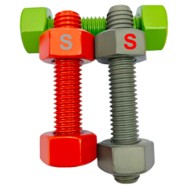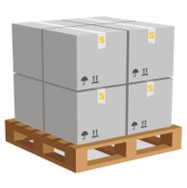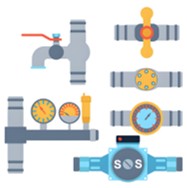
Making sense of clothing measures at times resembles reading a coded message
- Observing your bodily proportions begins correct selection
- Secure precise bust, waist and hip measurements for confidence
- Study the supplier's measurement guide for precision
Do not lean exclusively on size tags that may mislead you Better to use personal dimensions to consult the guide. Choosing fashion is a journey of self experimentation.
Deciphering the puzzle of measurement charts
Measurement mismatches create widespread shopper frustration. Interpreting measurement charts sometimes resembles a tough puzzle, because sizing norms change between suppliers. Still, simple knowledge and tools let you overcome sizing puzzles.
- Commence by checking the sizing standards used per brand. Most charts reference US, UK, European and Asian frameworks.
- Next, scrutinise the detailed numbers for bust, waist, hips and length. Align these dimensions with your own measurements.
- In conclusion, follow the label's size recommendations for nuances. Seller guides may include pointers, exceptions and sizing hints.
Pinpointing perfect sizing during purchase
The universe of fit systems sometimes bewilders customers. A medium in one label might read as a small in another. Such variation stems from the distinct fit charts brands maintain. Thus make a careful start by recording accurate personal measurements. Use a fabric tape to record bust, waist and hip measurements. Steer away from using just your standard tagged size. Within one label, styles may alter how a size performs. Finding the right fit takes experimenting with sizes and cuts.

Picking standard sizes or bespoke measurements
When sizing applies to items like furniture or fittings you must choose. Both choices present positive points and limitations. Stock sizing gives ease and often a lighter price tag. Bespoke options are ideal for nonstandard environments or needs
- Weigh needs and budget carefully as you choose
- Capture correct measurements for the area or garment fit
- Research makers and options thoroughly before purchase
At last the appropriate size choice depends on personal needs.
Solving the puzzle of size translation across regions
Bridging country and brand dimensions frequently seems labyrinthine. Fortunately, accessible tools help bridge sizing differences. Begin the process by understanding common apparel and shoe metrics. Make use of conversion matrices to reconcile different scales. Realise that personal shape plays a role in choosing size. Scan buyer feedback and fit notes for practical sizing insight.
Simplifying size charts for confident buying
Working through fit tables often seems difficult. Each brand appears to follow its own measurement logic, regardless, these suggestions will make finding fit straightforward.
- Commence by gauging your body precisely with a measuring band
- Then, see how your numbers correspond to the guide supplied
- Factor in body type since shape changes how garments fit
In short, testing garments is the definitive method to verify fit.
The ultimate chart for both men's and women's dimensions
Online buying amplifies sizing uncertainty for many customers. Consequently, consult this resource for men's and women's standard measures. In buying pants, shirts or dresses these tips clarify the right size.
- First tip: know that different brands and regions mean different sizes
- Second, pay attention to waist, hips, bust and shoulder measurements
- Finally don't be afraid to size up when between measurements
Applying these steps equips you to handle sizing charts confidently. Hope you find the right fit easily!

Decoding kids' clothing sizes for parents
Choosing suitable children’s sizes often perplexes parents. Rapid child growth causes frequent size changes. Consult each maker's chart and not just the age label. Take chest, waist and height measurements to select sizeMastering body measurements: bust, waist and hips
Correct body stats underpin successful clothing choices. Grab a flexible measuring band and an assistant for precise measurement. Stay erect with shoulders relaxed and feet shoulder-width apart
A comprehensive tour of size labels from XS to XXL
The current world of sizing contains many inconsistencies. Inter-brand differences often prevent uniform sizing standards. Taking a thorough look at size ranges clarifies the situation. Next we will examine how letters and sizes translate to fit!
Uplifting diverse body shapes

Recognising diverse bodies rejects narrow beauty standards. This asks us to push back against one-size-fits-all beauty ideals. Let's work to construct a society that celebrates bodily diversity.
- Make a habit of embracing body positivity in everyday life Select Standard Size habits that promote acceptance and healthy self-view Opt for daily practices that reinforce body love Commit daily to encouraging body acceptance and love
- Always recall that beauty is present in multiple body types
- Call out portrayals and narratives that sustain narrow sizing norms
- Choose body positivity and self-acceptance every day
